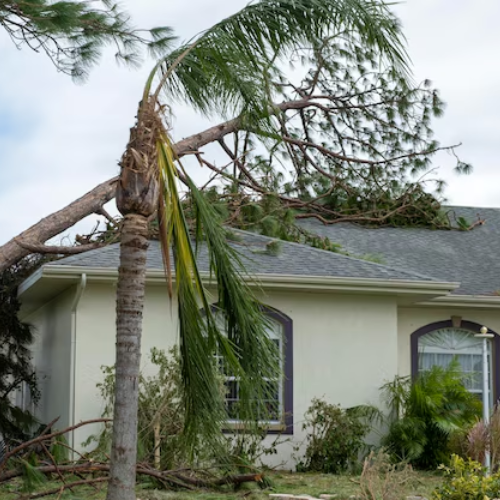When a storm strikes your home, the damage can be overwhelming—broken windows, roof leaks, fallen trees, or even structural hazards. In these situations, it’s crucial to act quickly and document the damage thoroughly to ensure a successful insurance claim. Below is a practical, step-by-step guide to help you properly record storm-related damage and protect your right to compensation from your home insurance provider.
1. Ensure Safety First, Then Inspect the Damage
Your safety should always come first. Before assessing damage, make sure there are no live electrical wires, gas leaks, or unstable structures. If necessary, contact emergency services or a licensed professional. Once the area is safe, walk through your home and property to evaluate the impact—check the roof, windows, siding, fences, garages, and interior spaces for any visible issues.
Take note of any leaks, cracks, broken materials, or water intrusion. Early inspection also helps you act fast on temporary repairs if needed.
2. Take Clear Photos and Detailed Videos
Visual documentation is essential when filing a claim. Use your smartphone or a digital camera to take clear, high-resolution photos of all damaged areas and belongings. Record videos with commentary to explain the extent of the damage. Include wide shots to show context and close-ups to capture the specifics.
Whenever possible, use a timestamp feature to document when the photos and videos were taken. This strengthens your case by proving the damage occurred immediately after the storm.
3. Create a Detailed Inventory of Damaged Items
Build a list of everything that was damaged, including furniture, electronics, appliances, and personal belongings. For each item, include the brand, model, estimated value, and date of purchase. If you have receipts or warranties, attach them to your claim file.
A well-organized inventory can help your insurer assess the value of the loss more accurately. Using a spreadsheet or inventory app is a great way to keep everything in order and easy to share with your insurance adjuster.
4. Review Your Policy and Contact Your Insurance Company
Before filing your claim, take time to review your home insurance policy to understand what is and isn’t covered. Check your deductible amount and confirm whether storm-related damages—like wind or flood—are included.
Then, report the damage to your insurance provider as soon as possible. Provide all your documentation, including media files, item lists, and a written summary of the event. Ask what forms or inspections are required, and follow their instructions carefully to avoid delays.
5. Keep a Record of Every Step in the Process
Throughout the claims process, document every interaction with your insurance company. Keep copies of emails, log call details, save claim numbers, and write down names of representatives you speak with. Track any temporary repairs or alternative lodging expenses you incur—these may be reimbursable.
Having a clear timeline and file of communications helps protect your interests and can be useful if you need to dispute the settlement or escalate the claim.
Final Thoughts
Storm damage is stressful, but documenting it properly can help you move through the insurance process with confidence and clarity. By following these steps—prioritizing safety, capturing evidence, organizing information, and maintaining communication—you’ll be better positioned to receive fair compensation and restore your home with peace of mind.
All information in this and other BOISLA articles is subject to change over time. Please check for updates directly with the institutions and companies mentioned. Approval is subject to the institution’s review.
REFERENCES:
Read more about insurances in https://boisla.com/category/insurance/





